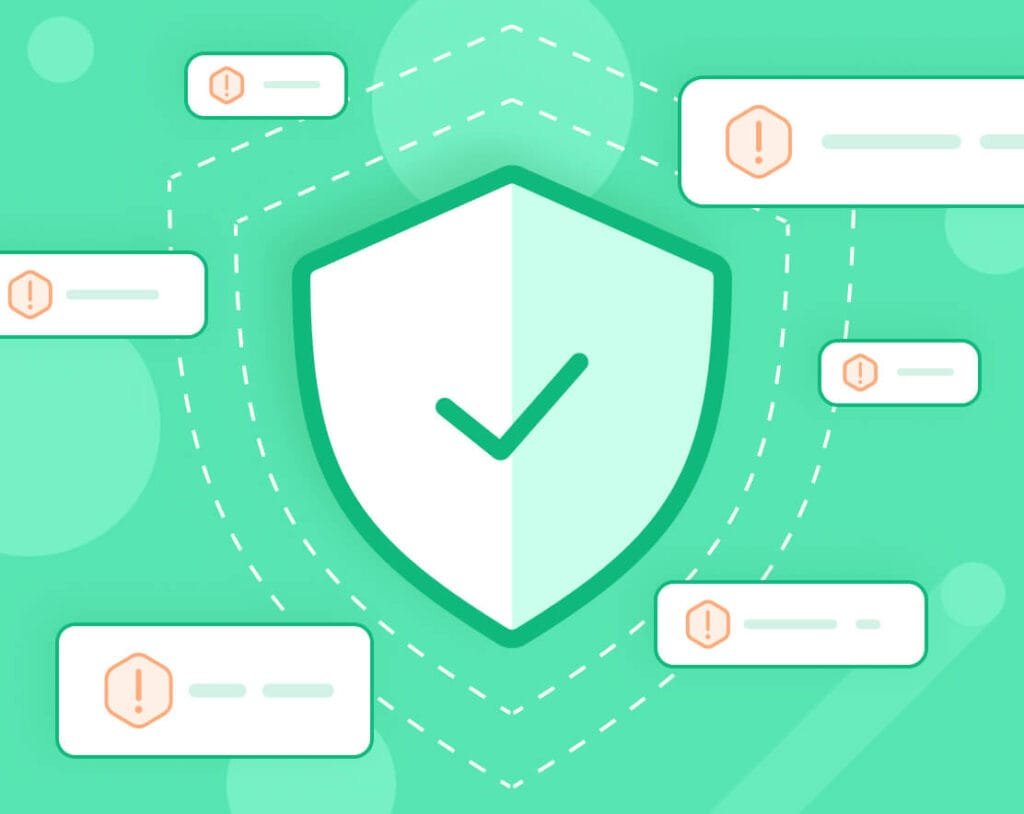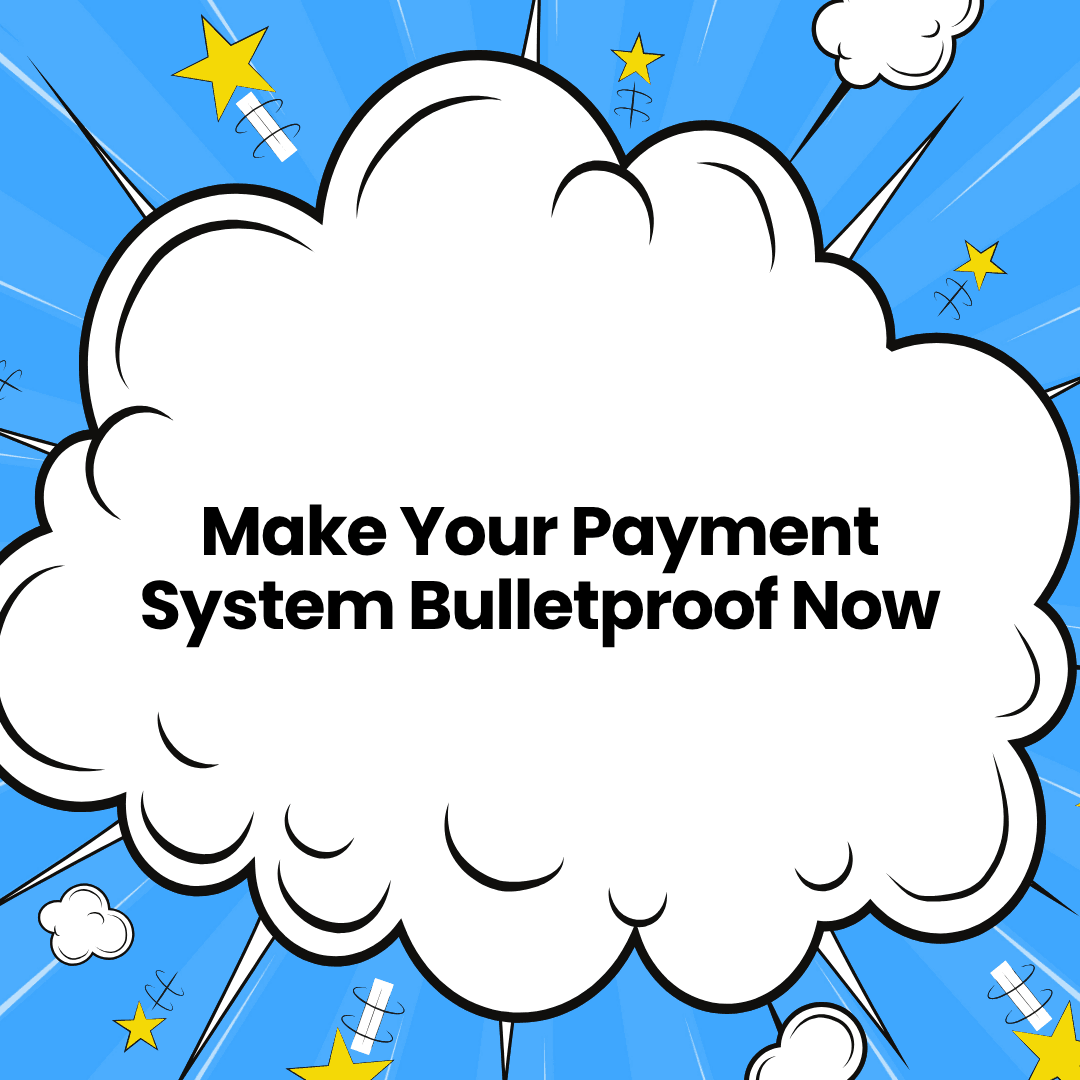Online payment fraud is growing every year. If your payment system is weak, you’re leaving your business wide open. Customers won’t come back if they don’t feel safe. Worse, one attack can ruin your reputation overnight.
That’s why you must act now — and make your payment system bulletproof.

1. Choose a Secure Payment Gateway
Your first step is choosing a gateway you can trust. A good gateway does more than process payments — it protects every transaction.
Look for providers that offer:
- End-to-end encryption
- Fraud detection tools
- PCI-DSS compliance
Trusted names include Stripe, PayPal, Shopify Payments, and iPay88. These platforms update their systems regularly to block new threats.
2. Enable SSL and HTTPS Everywhere
Check your URL. If it doesn’t start with “https://”, fix it now.
Most hosting providers offer free SSL setup.
3. Add Two-Factor Authentication (2FA)
Passwords are not enough. Add two-factor authentication to all admin accounts, especially your payment dashboard.
It’s simple:
- Login with a password
- Get a code on your phone or email
- Enter the code to access your account
This makes it 10x harder for hackers to break in.
4. Keep All Systems Updated
Outdated plugins or themes are easy targets for cybercriminals. They scan thousands of websites daily, looking for weaknesses.
Update your:
- Website platform (e.g., WordPress, Shopify)
- Payment gateway plugin
- Security plugins or extensions
Set reminders to check weekly. Better yet, enable auto-updates if your system allows it.
5. Use Fraud Detection Tools
Modern payment systems offer real-time fraud detection. Don’t ignore this feature — it’s your early warning system.
Watch for:
- Multiple failed payment attempts
- Mismatched billing and shipping addresses
- Sudden spikes in order value
Flag and review any suspicious activity right away.
6. Limit Admin Access
Too many people with access = too much risk. Give payment dashboard access only to trusted staff.
Use role-based access:
- Owner: Full control
- Manager: Limited control
- Staff: View-only access
Always remove old staff logins when someone leaves.
7. Back Up Your Data Often
Things can go wrong — even with the best security. Regular backups help you recover fast if your system is ever compromised.
Use automatic cloud backups. Make sure you can restore your data with a few clicks. Test your backup system every month.
8. Stay Compliant with Industry Standards
Compliance isn’t just for big companies. If you handle card payments, you must follow PCI-DSS rules.
These include:
- Encrypting payment data
- Using strong passwords
- Running security scans
Not following these can lead to fines — and higher chances of getting hacked.
9. Educate Your Team
Security isn’t just about tech — it’s also about people. One wrong click on a phishing email can open the door to an attack.
Train your team to:
- Spot fake emails or links
- Avoid sharing passwords
- Report anything suspicious fast
Even a short monthly briefing can reduce human error.
Final Thoughts: Don’t Wait Until It’s Too Late
Cyber threats don’t knock. They just break in.
The good news? You can prevent most attacks with the right tools and habits.
Start by choosing a secure gateway. Then layer on protection — 2FA, HTTPS, updates, fraud monitoring, and team training.
Every step counts. And the sooner you take action, the safer your business will be.
Make your payment system bulletproof now. Your customers — and your future — depend on it.
Feel free to contact us for a free consultation.

